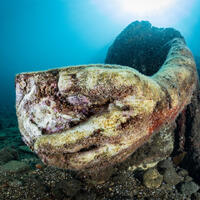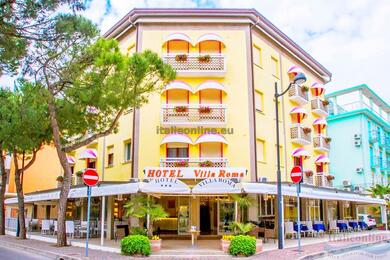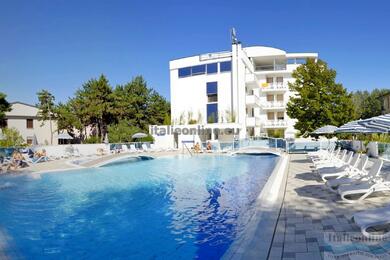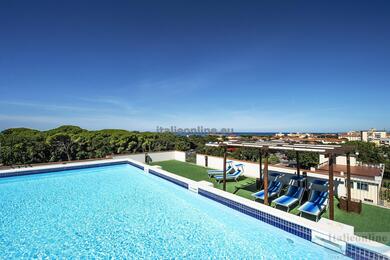In the heart of Campania, in the town of Caserta, is one of the largest and most imposing palace complexes in Europe - the Royal Palace. This architectural gem is not only a symbol of the power and prestige of the Neapolitan kings, but also the pinnacle of Baroque architecture.
Construction of the palace began in 1752 on the orders of King Charles III of Naples, whose ambition was to create a summer residence to rival the famous Palace of Versailles. The architect of this imposing work was Luigi Vanvitelli, a talented Italian architect whose work defined a new era in Italian architecture. Vanvitelli created a plan for the palace that included a sumptuous theatre, a library, the Palatine chapel and a throne room decorated with medallions and paintings of Neapolitan kings.
In particular, light travertine was used for the construction of the palace and marble from southern Italy and Sicily for the decorations.the highly prized Carrara marble imported from the Carrara quarries near Pisa was also used.
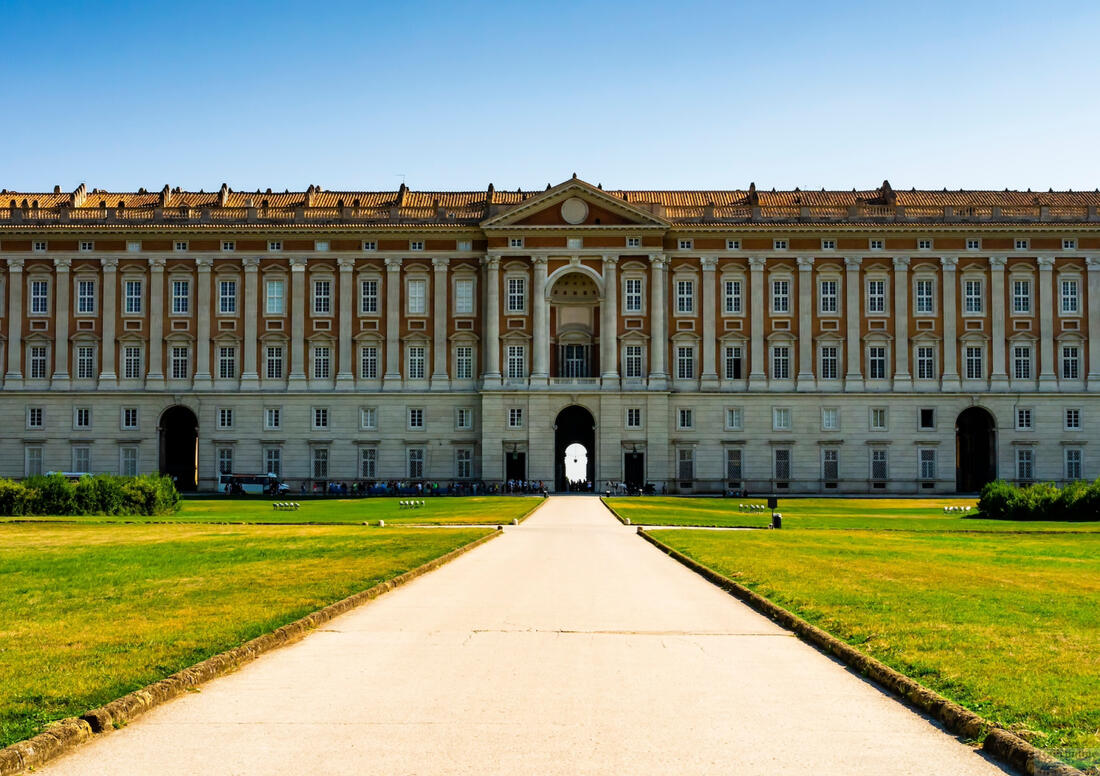
Interior of the palace
The Royal Palace in Caserta is known for its grandeur and vastness. The palace boasts more than 1,200 rooms, nearly 2,000 windows, dozens of staircases and 30 km of corridors. Every detail has been thought out and crafted with the utmost care, from the magnificent ceiling paintings to the lavishly decorated halls. The most famous is the Great Hall (Salone degli Specchi), which is decorated with mirrored panels that create the illusion of even more space and light. The ceiling is decorated with magnificent frescoes depicting mythological scenes and symbolizing royal power.
The royal apartments in the palace are lavishly decorated rooms that were once occupied by the royal family. Among them are private bedrooms, reception halls and lounges. Each room is decorated with murals, frescoes, gilding and luxurious furnishings that reflect Baroque opulence and elegance.

The palace also houses one of the oldest and most valuable libraries in Italy, the Biblioteca Palatina. The library was designed in a neoclassical style and contains an extensive collection of more than 10,000 books and manuscripts that reflect the intellectual interests of the royal family.
The palace gardens
One of the most striking features of the palace are its gardens and parks, which cover more than 120 hectares. The parks, divided into the English and Italian Gardens, are a perfect example of French garden design and include not only the meticulously maintained flower beds and fountains, but also a vast water channel that creates a magical atmosphere and provides spectacular views.
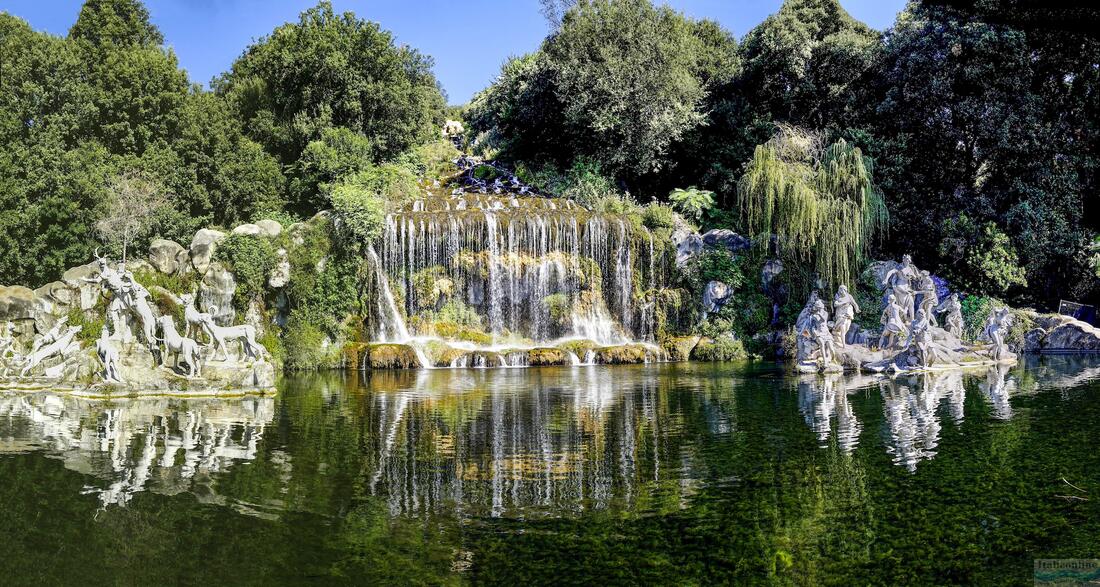
One of the most important fountains in the palace gardens is the Fountain di Diana e Atteone. This monumental fountain, created in 1774, depicts a scene from Roman mythology, when the goddess Diana transforms the hunter Actaeon into a stag, which is then torn apart by its own hounds. The fountain is surrounded by statues and water features.
The extensive canal that runs through the palace gardens is one of the most spectacular water works. It is over 3 kilometres long and serves not only as an aesthetic feature but also to supply water to the gardens.
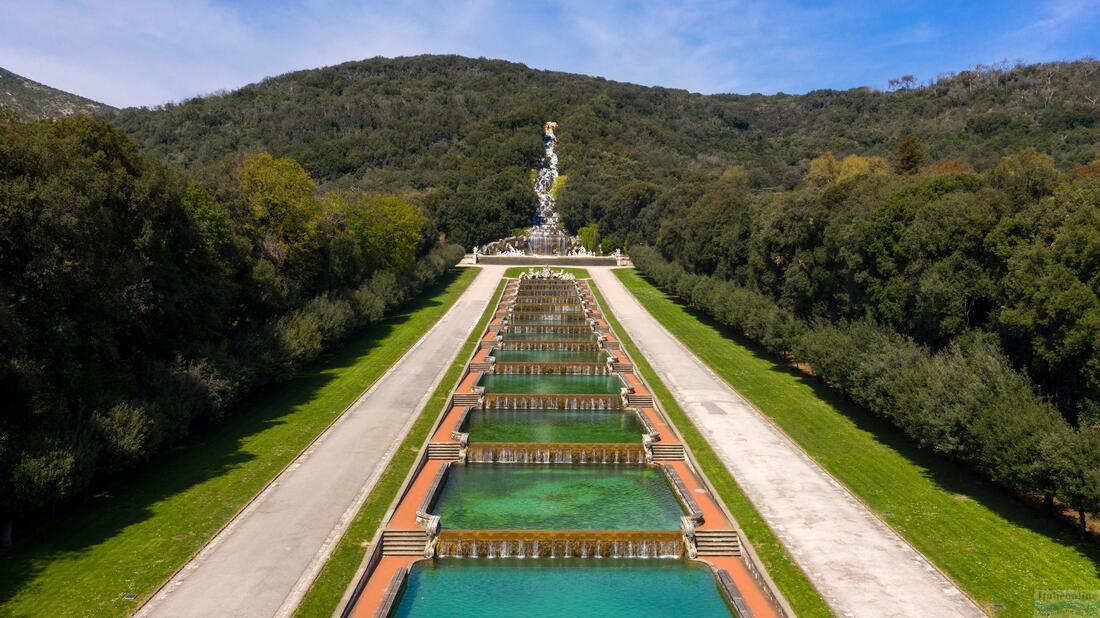
One part of the park is more natural, with artificial ruins and caves, plant-filled pavilions and small woods. Everywhere you can hear the water gurgling and the birds singing. Plane trees, cedars, pines and cypresses predominate, but there are also magnolias, aquatic plants, succulents and camellias. Italians love to come here for picnics, even though the park is only accessible on payment of an entrance fee.
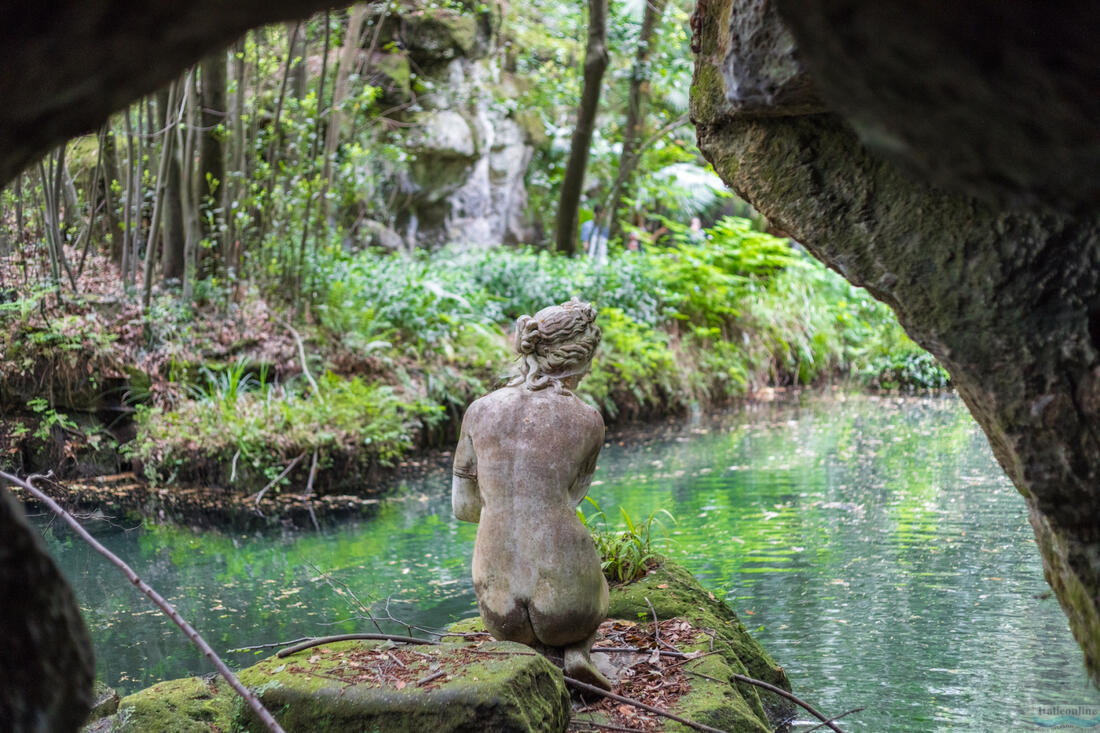
The Royal Palace of Caserta is not only an architectural gem, but also a cultural and historical heritage. In 1997, the palace was inscribed on the UNESCO World Heritage List as an example of European Baroque art and architecture. Its magnificence and historical value attract thousands of visitors from all over the world every year.
Today the palace serves not only as a tourist attraction but also as a venue for cultural and artistic events. It offers visitors a unique opportunity to immerse themselves in the history and beauty of the Baroque era.the Royal Palace of Caserta has been used several times as a film location, including in the historical drama "Mission: Impossible III" and in the Italian film "Il Gattopardo". A stroll through its sumptuous chambers and extensive gardens is an experience worth having.
You can buy tickets online. The number of tickets is limited, no more tickets will be issued once the capacity is exhausted! Therefore, plan your visit in advance. The tour of the palace alone takes about 2 and a half hours, the tour of the gardens about 4 hours. You can easily spend the whole day here and have a picnic in the gardens.


